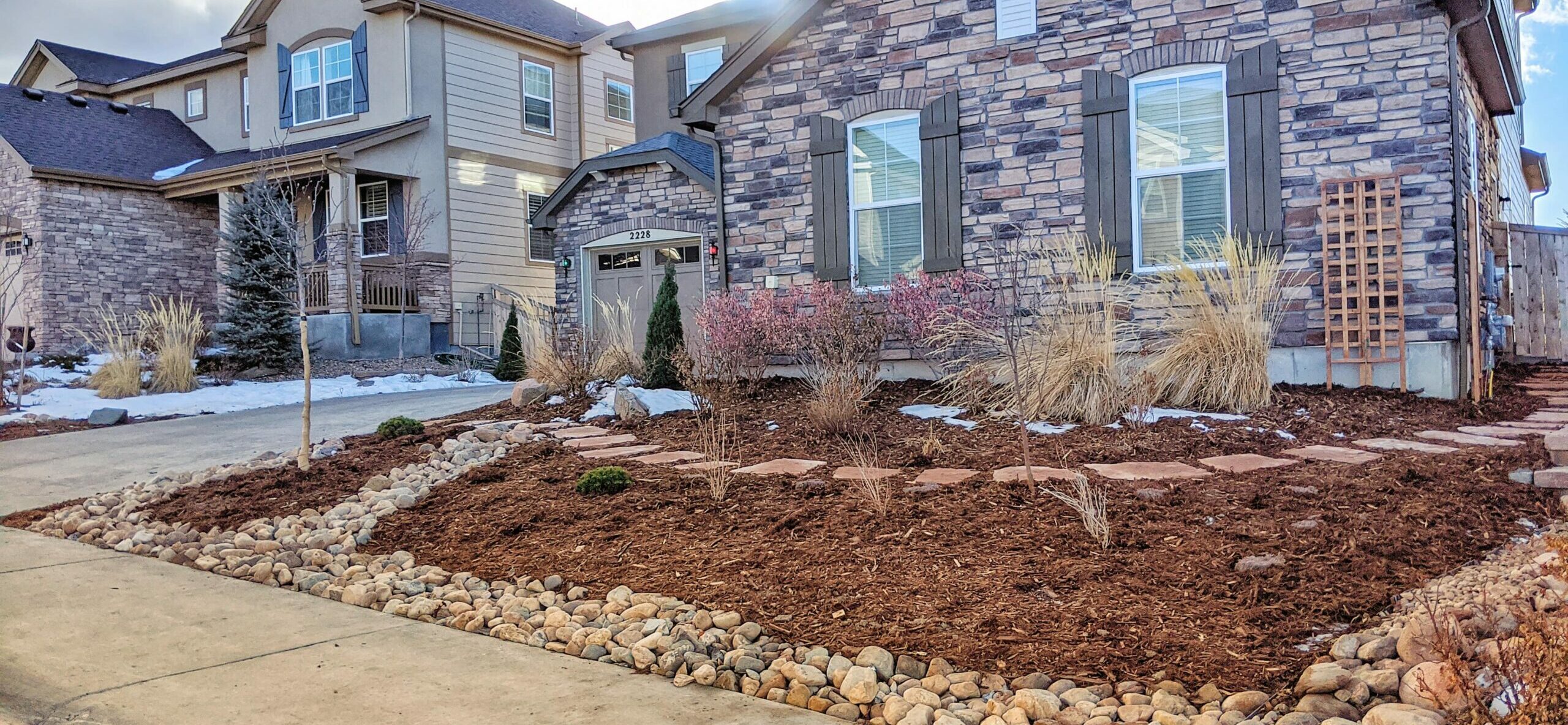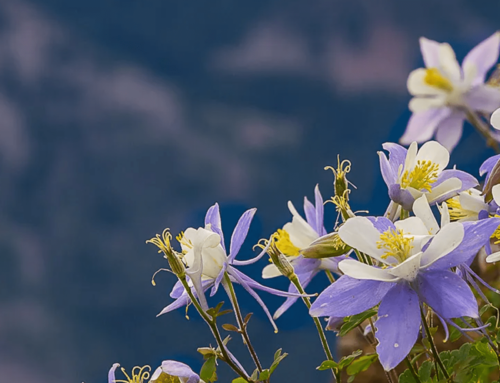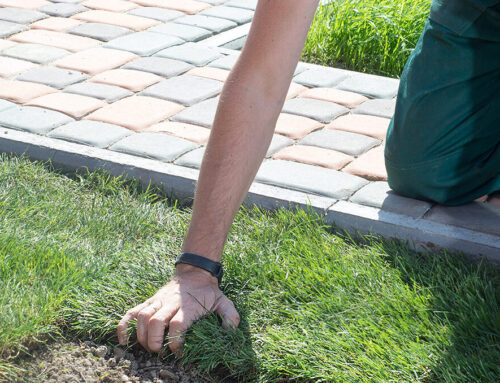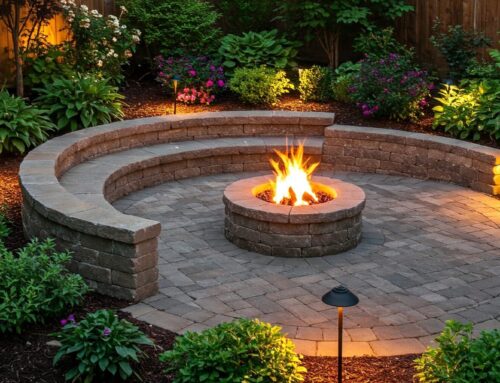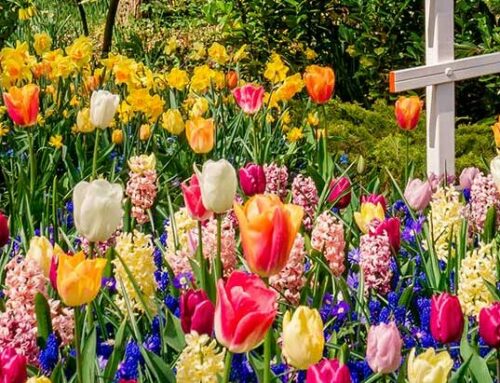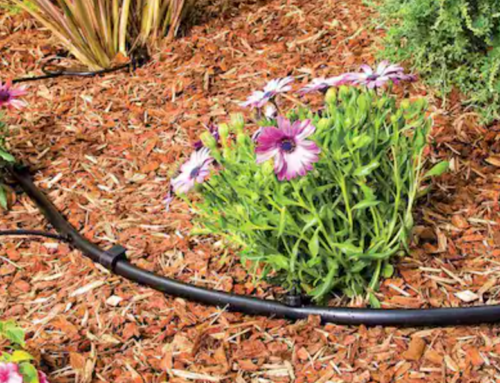Xeriscape Landscaping Basics
Xeriscape landscaping or, simply, “xeriscaping,” by definition is landscaping designed specifically for areas that are susceptible to drought, or for properties where water conservation is practiced. Derived from the Greek xeros meaning “dry,” the term means literally “dry landscape.”
A common element in xeriscape landscaping is the reduction of lawn grass areas since lawn grass is often one of the worst offenders against water conservation. Another route is the use of native plants since they are adapted to the local climate and consequently require less human-supplied water.
How to Xeriscape
Xeriscaping comes down to “zeroing” in on the following:
- The plants do you choose to grow.
- The plants to avoid growing (most notably, lawn grass).
- How you organize your plants.
Xeriscapes tend to flourish best when they include grasses and plants that are native to the region. These would be plants that have evolved to grow in the existing climate without the need for additional watering. Shrubs, prairie grasses, sages, and small-leafed plants are all good drought-resistant choices. That said, your options will depend on your specific climate and region.
The right setup makes all the difference, allowing you to have a gorgeous outdoor setting that requires less water and only moderate attention. It helps to get professional assistance from local Colorado professionals (like us) who know how to select beautiful plants that will flourish in Colorado’s unique, unpredictable climate. If you’re not sure where to start, we here at Bluebird Design and Landscape can help section your landscape into arid, oasis, and transition zones.


